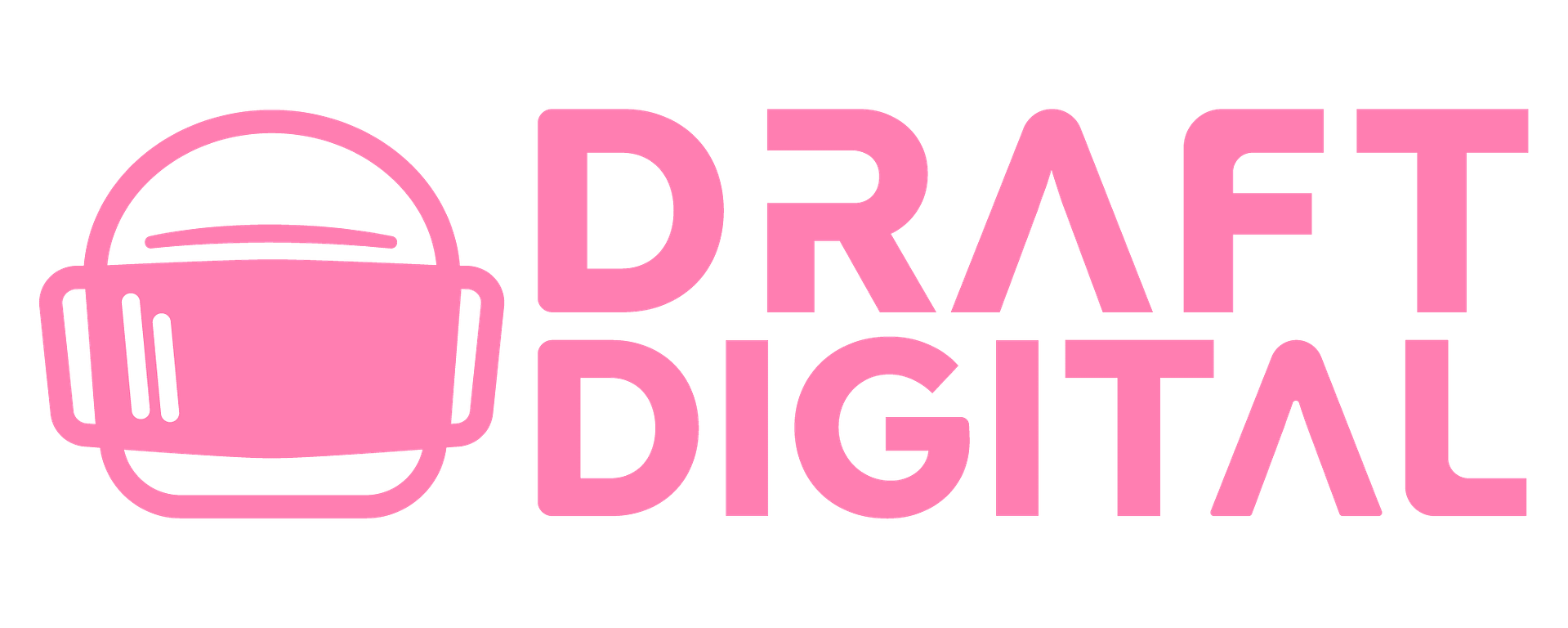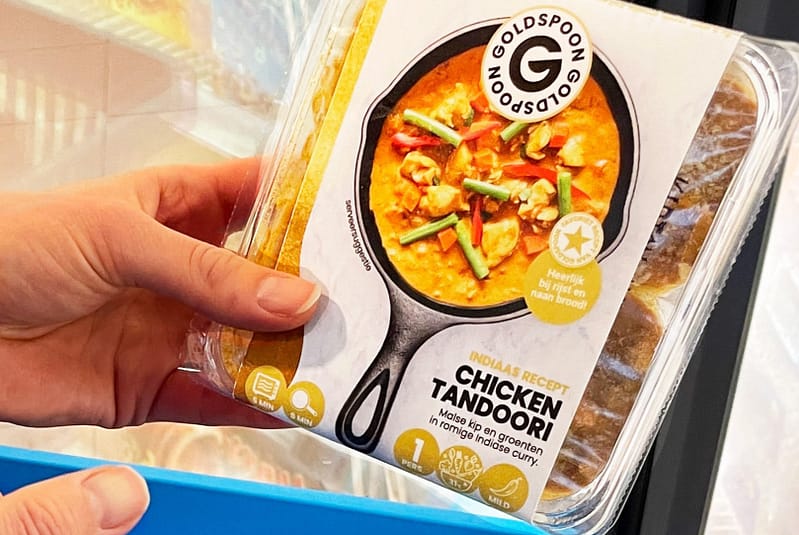In December 2023, the ANA (Association of National Advertisers) published a new report on the programmatic media supply chain. The ANA is widely recognized, especially after its notable 2016 publication(more info).This study revealed that programmatic advertising is far from fully transparent, with sometimes up to 90% of ad spend not reaching the publisher. For this reason, we found it important to closely examine this report and explore what lessons the European market can learn. In this blog, we summarize the key findings of the report and provide our own recommendations for the market.
Research Objective
The ANA study aims to provide better insight into the programmatic ecosystem and identify areas for optimization. For example, what percentage of budget goes to SSPs or MFA sites? The research covered the period from September 2022 to January 2023, analyzing a total of $123 million in ad spend and 35 billion impressions. Beyond monetary values, the study also focused on impression quality, enabling advertisers to get actionable advice and improve their campaigns.
Delivery on sites
As we have also mentioned earlier in this blog, it is not always beneficial to work with a large number of sites. This is also evident from the report. In this report, we observed the following distribution of delivery:
- 63% of the delivery was on the top 500 websites.
- 23% of the delivery was on the 501-3000 websites.
- 14% of the delivery was on the remaining sites.

Although the longtail consists of many sites, they generate relatively few impressions and underperform compared to top sites. The study shows the longtail impressions are 12% less viewable and twice as likely to be fraudulent.
Interestingly, 39% of surveyed marketers do not monitor how many sites their programmatic campaigns run on .
For the Dutch market, it is logical to focus on a limited set of highly relevant sites using an inclusion list.
Made For Advertising
The second chapter discusses MFA sites, which add little to no value for advertisers or consumers. Characteristics include:
- High ad-to-content ratios
- Auto-refreshing ads (e.g., autoplay video ads hidden off-screen or constantly reloading banners)
- Heavy reliance on paid traffic with clickbait content
- Low-quality content without up-to-date news
When you hear the four points above, you would expect that almost no spend goes to these sites. However, the reality is quite different. A total of 21% of impressions (!!!) go to MFAs, representing 15% of the total spend reported, amounting to 18.5 million dollars.
Although it seems logical for every advertiser to avoid advertising on these types of sites, it still happens frequently. Additionally, there is a notable difference between PMP (private marketplaces) and OMP (open marketplaces). On open marketplaces, there is a 35% higher chance of your ads being served on MFA sites, which makes sense given the reduced control and the broader reach across the entire web.
Trusted Seller
The third chapter essentially refers back to the first and second chapters and strongly advises working with an inclusion list. This approach helps you maintain control over your ad delivery and prevent waste. But how do you ensure you always work with the right 500 sites? This is quite challenging to maintain, which is why partnering with a select group of publishers can be beneficial. By working directly with sellers, you can better oversee which sites are relevant to you on a larger scale. Take DPG Media as an example. DPG Media is a quality publisher focusing on content. It’s likely that they only sell ads on sites that meet their quality standards. You can establish this collaboration in two ways:
- Direct cooperation with the seller through PMP’s (Private Marketplaces). This gives you direct access to the publisher’s content with minimal technology involved, reducing the chance of money getting lost in the process, and ensuring your budget goes straight to the publisher. You can also utilize publisher data this way.
- You can request which domains the publisher works with and add these to your whitelist. This allows you to still buy inventory via various technologies.
At Draft, we analyze our inclusion list every month and continuously enrich it with new titles. This way, you always have access to the most relevant publishers.
It’s also notable that 26% of respondents only use exclusion lists, which shows the market itself helps generate revenue for MFAs.
Direct Contracts
In the US, many advertisers have direct contracts with programmatic buying software, including DSPs, SSPs, or ad verification platforms. In the EU/NL, many advertisers often rely on agency contracts, which limits transparency and insight. We believe advertisers should have direct contracts with technology providers. This has two key advantages:
- Advertisers own their data and agencies work with this data, not the other way around, ensuring better compliance.
- If you decide to switch media agencies, you can take your data with you because you work with your own technology.
Not All SSPs Are Equal
Although advertisers rarely interact directly with Supply-Side Platforms (SSPs), these are crucial variables in the buying process. Here are some key insights:
- One SSP accounted for about 45% of the media budget.
- One SSP had over 71% of spend on MFA inventory.
- 25 SSPs accounted for more than 95% of the total spend.
- Some SSPs do not supply “direct” inventory but mainly act as resellers. One SSP had only 13% direct inventory.
Even if you don’t focus much on this as an advertiser, it’s worthwhile to review. Usually, with 5-10 SSPs you can access the entire web and reduce the risk of buying reseller inventory, which is often more expensive.
Quantity over Quality
ANA’s analysis showed that quantity still often trumps quality in the US. Nearly 50% of impressions were bought for less than $3 CPM. Survey respondents said the reason is that advertisers value CPM and reach as important KPIs and pay less attention to actual output.

PMP vs. OMP
The study found that 59% of spend goes to Open Marketplaces (OMP), the most common way to advertise, granting access to the entire web. The remaining spend goes to Private Marketplaces (PMP), which require direct contact between seller and buyer.
Analysis of different PMPs revealed large differences between PMP types. Some contain only one domain and deliver much higher quality in terms of MFA percentage, viewability, or invalid traffic (IVT). Interestingly, PMPs with more than 500 domains tend to be more expensive but do not necessarily yield better results than the open market.

Deals with 500+ domains are often structured differently and not directly with publishers but usually set up by SSPs or agencies. The question is whether these deals are truly more effective than the open market. It’s important to critically evaluate this.
Is More Expensive Always Better?
Surprisingly, advertisers tend to choose cheaper inventory, but this is not always the right choice. Conversely, opting for the most expensive option isn’t always better either. No correlation was found between price and quality. This is actually good news, with the right buying strategy, you can get the best inventory at a low price. The study clearly showed that insight is key to success. Advertisers with visibility into their ad quality can generate 20% more impact simply by making the right choices. ANA uses the TrueKPI Framework:
- TrueImpression: Impressions that meet quality standards. The standard definition requires matching data from DSP and ad verification providers, non-IVT (invalid traffic), measurable, and viewable according to MRC standards.
- TrueAdSpend: Ad spend on TrueImpressions.
This forms the basis for an impression to be profitable, although we at 4to9 would like to add more quality metrics, such as brand safety. This should always be discussed with the advertiser to set tailor-made KPIs that add value.
Invalid Traffic
How much bot traffic was detected in the study? A total of 0.78% of impressions were invalid traffic and could never be seen by the human eye. Notably, there was no significant difference between MFA and non-MFA sites, bot traffic is everywhere!
Now consider your own spend and apply this percentage. How much money have you spent on bots?
Sustainability
The study also examined the sustainability of different buying methods in collaboration with Scope3. Key findings include:
- MFAs emit 26% more CO2 than non-MFAs.
- Buy directly from publishers and work with trusted sellers. Resellers cause more CO2 emissions.
- Work with SSP partners that have direct access to inventory.
- Work with fewer sites.
Interestingly, these findings closely match earlier performance advice. Sustainable buying also contributes to better performance!
Wrap up
Overall, there are many optimization opportunities, and advertisers can easily succeed by asking simple questions to their agency. What we especially see, and advertisers must always know, is that not all budgets are spent on quality media; much is spent on technology and non-quality media. The figure below shows that on average, only $36 out of every $100 media spend goes to quality media. Unfortunately, not all agencies focus on this.

Curious about how your programmatic spend is used? get in touch with us .
The full report can be downloaded here .






